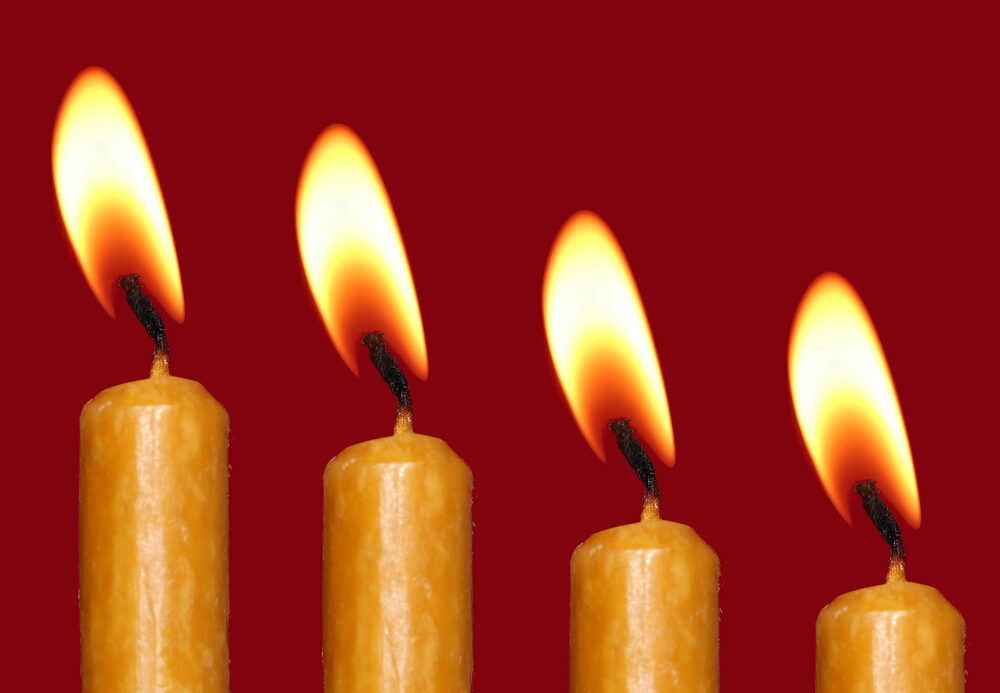Advent: Preparing Our Hearts Through Simple Acts of Love
First Sunday of Advent Year A – November 30, 2025
Advent is our season of preparation for Christmas: four weeks of anticipating and waiting. We do Advent every year. Is it now routine? What are we doing, really? If we are honest, perhaps many of us are not doing much. Perhaps we are too frustrated and just want the fun of Christmas to be here. However, when we fail to prepare well, we also reap little benefit.
So, what can we do practically? Here are some concrete steps to look at over the next 4 weeks:
1) His birth in Bethlehem: how often do we stop and really look at it? Is it old news? Normal?
Actually, it’s what someone termed the backwards King: not in a palace but a stable.
Just take some time to look in awe at how the King humbled Himself.
It can help us be more open to others, which creates space for more magic to occur.
2) His presence in our hearts (your heart!): look critically at what role/ place Jesus has in me?
Is our religion just a weekend ‘duty’, or something that guides and encourages us?
Imagine if we asked What Would Jesus Do? before more of our decisions.
We might open up new horizons, and better relationships.
3) His future return: do we thirst for justice and peace?
What will we do to help Christ come again? Imagine you will die tomorrow:
what legacy will you leave for family, friends & community?
To help us along the journey of Advent, we are given a few symbols:
1) Purple colour: a symbol of humility, reminding ourselves we have much to learn: be open!
2) Four candles: 1st = Prophecy Candle = Hope and anticipation; 2nd = Bethlehem Candle = Peace and preparation for Christ’s birth; 3rd = Shepherd’s Candle = Joy at the birth of Jesus; 4th = Angel’s Candle = Love and the message of God’s love.
It all sounds wonderful but does it really inspire us to grow? how do we link the candles to our lives? Perhaps this way: by looking at the physical nature of the candles over Advent. If used properly, the 1st candle burns down a lot, the 2nd a good amount, the 3rd and 4th, not so much.
Each of them can teach us something if we take time to reflect:
a) each candle starts off tall/ strong, and slowly wears out: becoming exhausted: is that you?
b) At the end of Advent, the most exhausted candle is often thrown out having little life left: do we feel we are used-up and often unappreciated? Thrown out, or ignored, when someone more beautiful or useful comes along: let’s get rid of the old dinosaur!
c) The second candle still has life, but we can see the end of our usefulness is not far away! Do we sometimes feel, “what’s the point of struggling to do the right thing?”
Now, God is smart! Let the Christmas journey restore/ renew our energy: God didn’t give up the struggle of teaching us how to love: at Christmas, God goes back to the basics: normal people happily help an innocent child without expecting a return: our hearts are touched.
Looking back, is a great way to know the way forward. By remembering how God has blessed us with gifts and talents, and reflecting on how we use them; Advent should enable us to give birth to Christ more fully by creating ploughshares, instead of allowing our talents/ gifts to become swords that separate us from family/ friends (even when we have good intentions).
Then the 3rd / 4th candles remind us that we can still make a difference with our light: knowing that by shining our light, we are making a difference in the world. The fact that we are not often appreciated, is disappointing: but we are not doing it for praise: but for the good of the community: and our light for others, is our way of thanking God for all our blessings.
There is also another “secret” symbol: that many do not see as a symbol, is the humble Christmas card. Is it secular, or a holy symbol? The story of Christmas began with a messenger and a message! God communicated to us through Mary and the baby Jesus (messenger) who brought God’s love (the message).
Jesus was a non-threatening, humble, messenger to the world. It challenges us to reflect: are we a good messenger? And do we bring a message of love by our words and actions?
Can we see that our Christmas card to a friend, a colleague, a family member is about re-connecting memories, re-connecting lives and recognising the importance of each person in our lives: each of them carried a message of love from God to us: sometimes a tough message, but a message that just might have saved us from future hardship.
Some people get annoyed when others don’t send cards, so they stop sending cards in return! But that misses the point: did God stop communicating to us when we went in the wrong direction, or forget about God? … no! Our friends who stopped might be in the prison of despair, or sick, “and you visited me.”
Let’s make this Advent something special as we take time to send messages of love.
By Gerard Conlan, OMI


